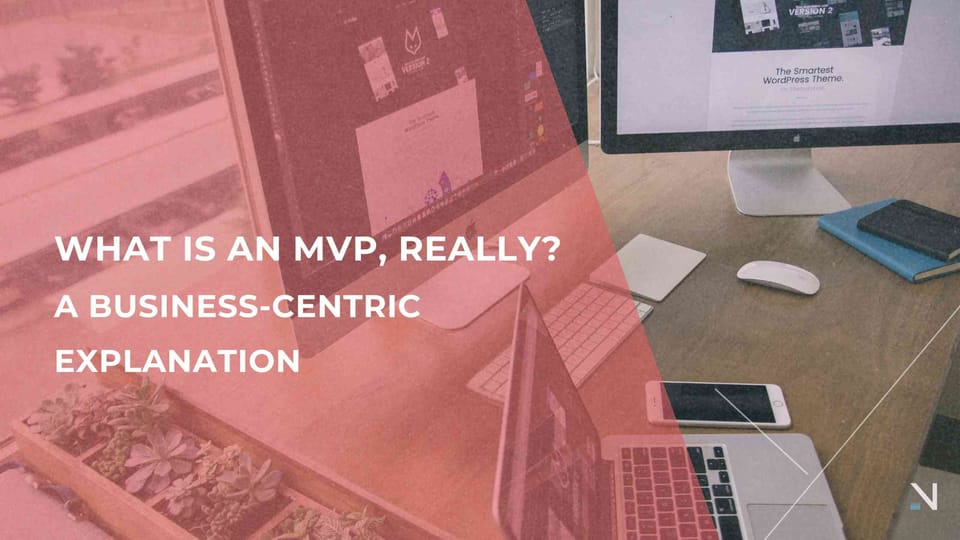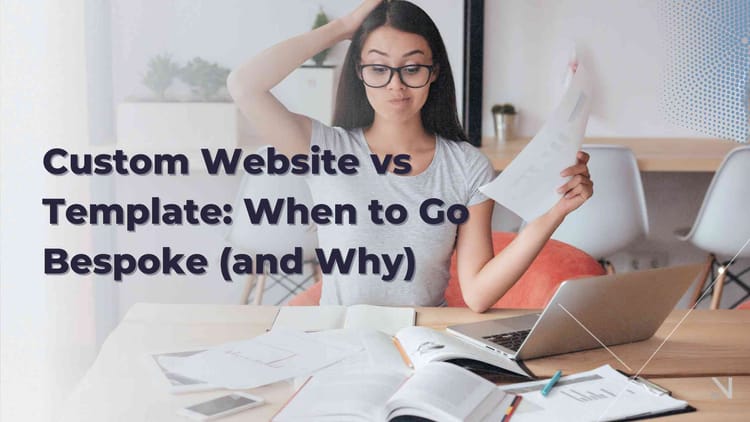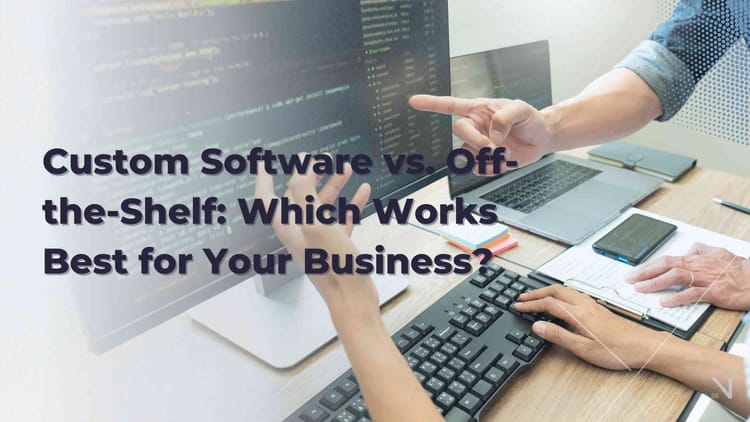What Is an MVP, Really? A Business-Centric Explanation
Narima Digital •

Cut Through the Tech Lingo. Here’s What Founders & Execs in Australia Actually Need to Know.
You’ve got a bold product idea.
Your team is excited.
Maybe you’ve even built a few slides to pitch to early investors or internal stakeholders. And then someone says:
“Let’s build an MVP first.”
Great. But…
What exactly is an MVP? in practice, not just theory?
And more importantly, what should it mean for you as a founder or C-level decision-maker?
The Textbook Definition Isn’t Enough
You’ve probably seen this definition floating around:
“A Minimum Viable Product (MVP) is the simplest version of a product that allows you to validate assumptions with the least effort.”
Sounds logical, but not actionable.
Because here’s what people get wrong:
- MVP is not a demo.
- MVP is not a stripped-down product with zero UX.
- MVP is not just “build something cheap to show investors.”
If your MVP doesn’t bring real user interaction, doesn’t solve at least one small problem well, and doesn’t generate learning,
…it’s not viable.
At Narima, we define MVP this way:
“An MVP is the leanest product version that delivers value to users and helps you decide what to do next based on real usage, not assumptions.”
Let’s break that down.
It must deliver real value to someone
Even if small like submitting a form, completing a task, or getting a basic result.
It must help you learn something
What features people expect. What they actually use. What channel drives real engagement.
It must help you decide
Do we scale this? Pivot? Change audience? Scrap the whole idea?
Without clear next steps, you don’t have an MVP. You have a prototype.
Why MVPs Matter in Mid-Sized Businesses
In the startup world, MVPs are common.
But for mid-sized businesses in Australia, especially those building internal tools, SaaS spin-offs, or client-facing platforms. The term gets fuzzy.
Here’s when MVPs really work:
- When you’re digitizing a manual process and want to test adoption.
- When you have a new product idea but don’t want to commit full dev resources yet.
- When leadership wants results before allocating more budget.
In all these cases, a business-focused MVP helps you prove value before committing to scale.
MVP ≠ Just Features: It’s Strategy
Let’s say you’re building a marketplace platform. The “ideal” product might include:
- User login, search, chat, checkout, ratings, notifications, and analytics.
But an MVP might only include:
- A landing page with curated listings.
- A contact form to show intent.
- Manual back-end matching.
If 50 people submit the form in 3 days, you’ve validated demand. You didn’t need code-heavy features. Just strategic thinking.
MVPs Help You Avoid Expensive Mistakes
Every year, we hear from teams that spent 6–8 months building full products. Only to find out no one wanted them. Or they built for the wrong persona. Or the UX killed engagement. An MVP helps you:
- Test fast before you overbuild.
- Align stakeholders around real usage data.
- Reduce risk before spending more budget.
- Attract early users or investors with evidence, not ideas.
How Narima Builds MVPs Differently
We work with founders and product leads who don’t just want code. They want clarity and traction.
Here’s what our MVP process looks like:
Learn and recommend next steps
You get not just a working product, but clear insight.
Build fast, test live
We launch in weeks, not quarters.
Map the leanest path to launch
Where can we use no-code, low-code, or manual ops?
Define core value delivery
What’s the one thing this MVP must enable?
Understand the business goal
What are we validating? What counts as success?
Common MVP Pitfalls to Avoid
| Mistake | Better Approach |
|---|---|
| Building everything you want in the final version | Focus on core value delivery only |
| Waiting for “perfect UX” | Ship usable first, polish later |
| Using internal feedback only | Put it in front of real users ASAP |
| Assuming silence means success | Track actions, not just impressions |
MVP vs Prototype vs PoC
| Term | Goal | Who Uses It | What It Does |
|---|---|---|---|
| Prototype | Visualize idea | Designers, Product teams | Clickable mockup |
| PoC | Test feasibility | Engineers | Internal validation |
| MVP | Validate real usage | Product + Business | Live product with users |
If you treat MVP like a checkbox, you’ll waste it. But if you treat it like a strategic lens, a way to test, learn, and grow, it becomes one of the most powerful tools you have.
Narima helps business leaders in Australia turn bold ideas into testable, working products fast. Let's talk.


